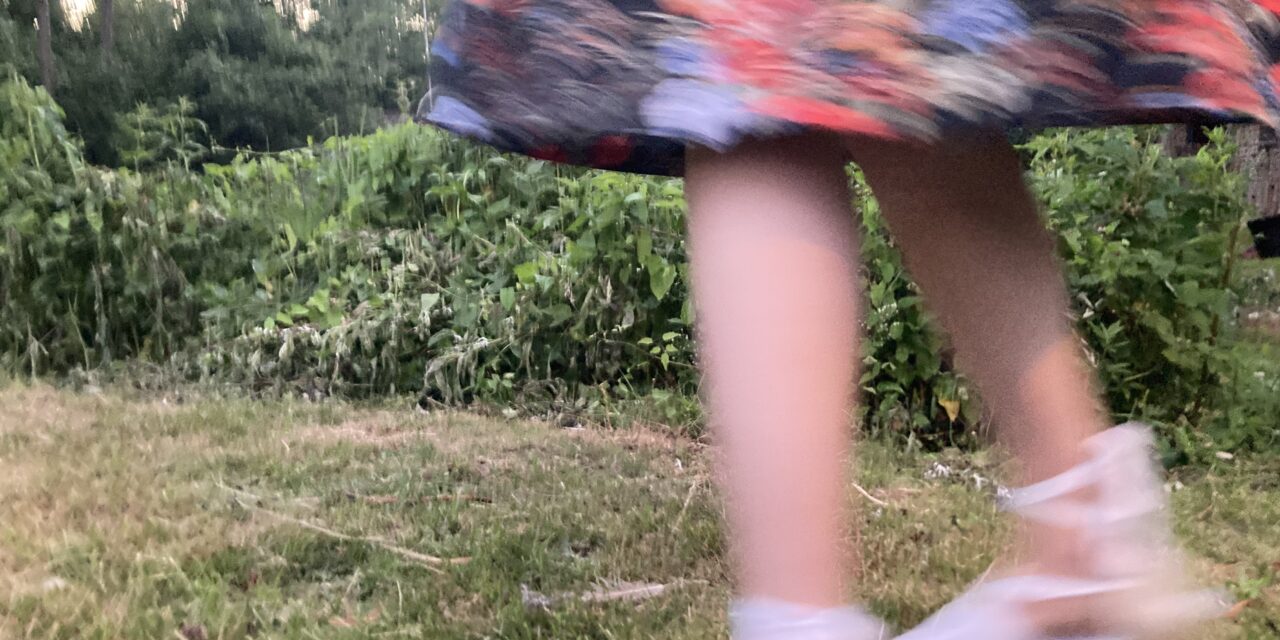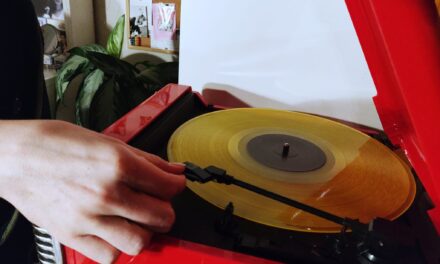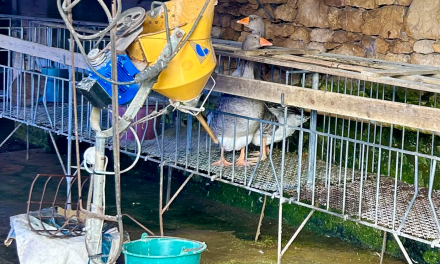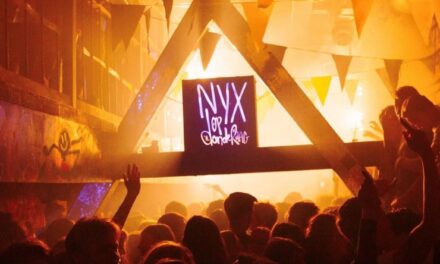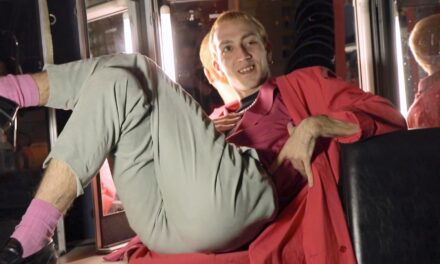A picturesque city, known for its beauty, literature, nature and difficult name was my first stop in Slovenia. People dancing behind every corner and a reference to folk dance in every house, is how I envisioned Ljubljana before leaving Utrecht. It was not the first time that my expectations were more like fairy tales based on reality. Nevertheless, the city did far from disappoint. And gave me more than I had initially thought.
Slovenia, a relatively new republic (1991), has a rich history. Its shared past with many other countries and its privileged geographical location make this country an incredible cultural hotspot. Not only does its diversity make for a great variety of food and nature but also of dance. Tomaz Simetinger, an expert on folk dances and cultural anthropologist with Phd in the field, explains me the current ‘dance’ situation in Slovenia.
“It has always developed in relation to a wider geographical space and context.”
From snakelike group dances like the čindara, to Polka, waltz and foxtrot – the Slovenian folk dance culture is broad and different in many regions. According to Tomaz, it is hard to exactly define dance movements by regions, because, “dance culture can never be understood as confined to the borders of a nation state, as it has always developed in a wider geographical space and context”.
In the Eastern part of Slovenia, for example, there are two couple dances that are regularly performed, the Sotiš and the Samarjanka. On the other hand, you have the snakelike Čindara, probably one of the oldest dances according to Tomaz. The Čindara is a sort of contemporary chain dance named ‘cowboy polka’. It is probably one of the oldest known dances in the region. Yet it is not these dances that are worthy of the name ‘traditional’ dance, according to Tomaz. “It should be considered that old folklore groups, perform dances that are mostly no longer known. There are around 500 such groups in Slovenia, who perform these dances.”
Mainly in the hot Slovenian summer, people still like to gather for so-called ‘veselice’, which could be translated as dance parties. “These parties are very much beloved by old and young and a lot of people attend them -it’s a real event.”
“Practice shows that they have extremely poor dance skills.”
Folk dance is something that to my ears has always had an old, boring, conservative and traditional connotation. Something that retired people engage in when their sudoku is full or their bingo is over, just to get through the day. According to expert Tomaz, the contrary is almost a reality. “Children are supposed to learn dance steps at school. However, practice shows that they have extremely poor dance skills and, as is the trend more or less everywhere in Europe, increasingly poor dance/motoric skills.” Tomaz also points out that children come into contact with traditional forms of dance considerably more in Slovenia than in other European countries.
The diversity of dances and cultures in Slovenia means that there are many differences in the messages and values associated with a dance. “Some, especially ritualised forms of dance can have additional meanings or mark a specific time of the year. For example, the Rezija dance, in present-day Italy where a Slovenian speaking minority lives and also the prvi rej , performed by a Slovenian speaking minority.
“Dancing is being used to find emotional, sexual and other partners.”
Tomaz has spent many years researching and discovering different folk dances. He found his passion for dance and since then he never let it go. According to Tomaz people never dance without a reason. Some of the roles of dance have not changed that much since the Middle Ages. “It still has a function as a kind of proto-sexual behaviour, dancing is being used to find emotional, sexual and other partners, dancing is for pleasure, to raise money and other funds, it is a form of finding the aesthetics of movement.”
Today, many young people in Slovenia know and perform many different forms of dance. They dance differently in a disco than at a traditional party. As for the older dance forms that are still known today, it should be pointed out that they are being simplified. “There is a tendency in some places to replace the couple dances with various other, often improvised, dance forms.”
“Being able to share my love with other people is really rewarding for me.”
TikTok influencer Ruben Kosa has more than 150 videos on the platform and has a huge followers-base. With his 25,000 followers, he says it’s almost a full-time job. From making tutorial videos on folkdance to providing trivia, he is up to date with everything that concerns folkdance. “I’ve always had a liking for dance and more specifically folk dance,” he says. TikTok is a platform where mainly young people roam. So, it might be strange at first glance to see a folk-dance profile doing so well. “The folk-dance community is bigger than most people initially estimate, it’s something that I also really only started to realize on TikTok.”
Since folk dancing is still such a big part of normal life in Slovenia and continues to be taught in schools, it is safe to say that it is not yet extinct. Predicting the future of folk dance is difficult – but with new platforms like TikTok creating new communities and giving old traditions a modern spin, there is hope that folk dance will not be forgotten.
